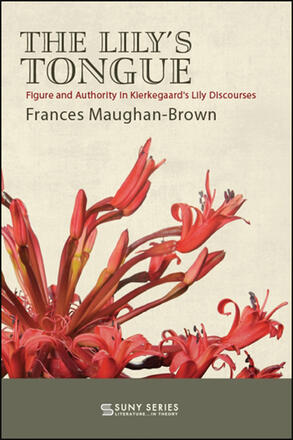
The Lily's Tongue
Figure and Authority in Kierkegaard's Lily Discourses
Alternative formats available from:
Examines four discourses by Kierkegaard, arguing that they play a critical and surprising role in his oeuvre and contribute to the philosophy of figural language.
Description
How do texts speak with authority? That is the question at the heart of Kierkegaard's theory and practice of "indirect communication." None of Kierkegaard's texts respond to this question more concisely and powerfully than the four discourses he wrote about the lily in the Gospel. The Lily's Tongue is a nuanced, sustained reading of these Lily Discourses. Kierkegaard takes the lilies as authoritative, rather than merely "figural" or "metaphorical." This book is a careful exploration of what Kierkegaard means by this authority.
Frances Maughan-Brown demonstrates how Kierkegaard argues that the key is in the act of reading itself—no text can have authority unless the reader grants it that authority because no text can entirely avoid figural language. Texts don't speak directly; their tongue is always the lily's tongue. What is revealed in the Lily Discourses is a groundbreaking theory of figure, which requires a renewed reading of Kierkegaard's major pseudonymous works.
Frances Maughan-Brown is a Visiting Assistant Professor of Philosophy at the College of the Holy Cross.
Reviews
"Closely analyzing one of the least known yet most exacting series of texts in Kierkegaard's authorship, his discourses on 'the lily in the field and the bird of the air,' Maughan-Brown breaks apart disciplinary barriers between theology, philosophy, aesthetics, and critical theory, while at the same time showing how Kierkegaard's discourses can quietly illuminate a constellation of ideas drawn from Plato, Kant, Hegel, Benjamin, and Derrida. Following Kierkegaard's texts to the letter, Maughan-Brown attends to what his texts do as much as to what they say." — Peter Fenves, author of The Messianic Reduction: Walter Benjamin and the Shape of Time